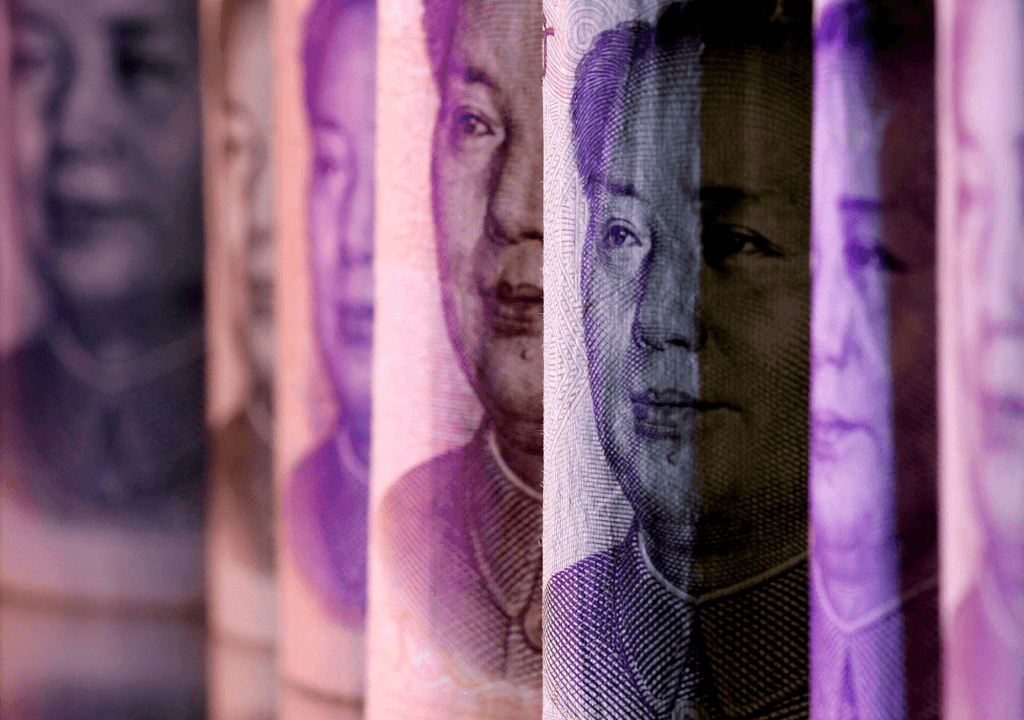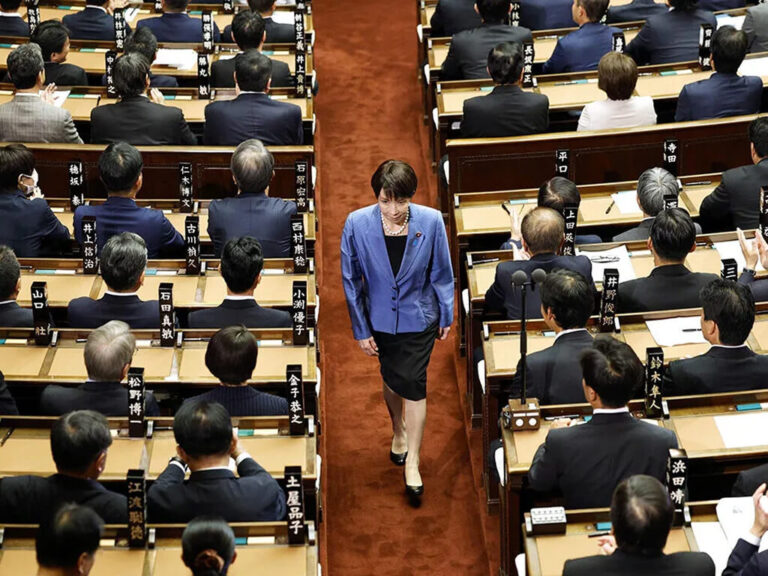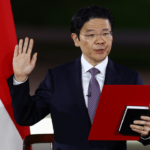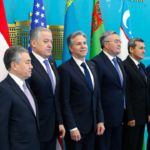Russian businesses have been depending more and more on the yuan to meet their foreign exchange needs since Moscow was cut off from the Western banking system. As war is not looking to end soon, Yuan financing has become both expensive and scarce in Russia, creating a bottleneck for companies seeking foreign capital. This challenge adds to the existing burdens faced by these companies, including higher domestic interest rates and a looming wave of debt due this year.
Two years following Russia’s exclusion from the Western financial system, major energy and mining corporations have significantly turned to the yuan to meet their foreign currency needs. China and Russia have notably reduced their dependence on the US dollar in bilateral trade. Over the past year, Chinese and Russian officials reached an agreement to conduct over 90% of trade between the two nations using Russia’s ruble or China’s yuan. This shift has ensured uninterrupted business, leading to a record $200 billion in total transactions between the two countries last year. Simultaneously, Russia’s trade with the US has witnessed a substantial decline, reaching a 30-year low.
Despite China’s benchmark government bond yields reaching a two-decade low, the restricted yuan liquidity in Russia, coupled with heightened demand from importers, is resulting in increased borrowing costs. This financial challenge compels companies such as MMC Norilsk Nickel PJSC, Russia’s largest miner, to confront tough decisions—whether to secure expensive ruble funding or bear the rising expense of domestic yuan debt.
Over the past year, Russia has experienced a more than twofold increase in its benchmark, leading to corporate borrowers contending with an additional 1.2 trillion rubles (US$13 billion) in debt-servicing costs. In the given the current circumstances, the average cost of debt is anticipated to rise.
The volume of Russian corporate yuan bonds, primarily sold on the domestic market, nearly stalled in the final three quarters of the previous year, reaching the equivalent of 800 billion rubles, as reported by the Russian central bank. While loans in the Chinese currency surged to a record US$46 billion in 2023, their share in corporate credit portfolios remained in single digits.
Yuan liquidity in Moscow is becoming scarcer, and its costs are becoming more volatile, indicating difficulties in expanding yuan lending for domestic banks. Faced with a deepening yuan liquidity crunch, Russian lenders have resorted to the central bank’s Chinese currency swaps, leading to a substantial increase in yuan funding costs. Industry experts suggest that if the deficit persists, it could result in a further uptick in yuan bond yields.
Despite facing financial constraints, Russian companies have encountered difficulties in directly borrowing within China due to capital controls complicating the repatriation of funds abroad. Moreover, since 2018, they have refrained from issuing yuan securities like panda or dim sum bonds, a departure from the 11 such issues in the prior eight years. Even the government, despite years of planning its own yuan bonds, has encountered obstacles in discussions with China about securing loans in yuan.
Chinese lenders, including the world’s largest by assets, Industrial and Commercial Bank of China Ltd. (ICBC), have notably increased their exposure to Russia through offshore branches. The Russian subsidiary of ICBC alone observed a five-fold surge in total local assets from the beginning of 2022 through October 1 of the following year, according to the latest data published by the Bank of Russia.
The increased involvement of Chinese lenders presents a challenge to the financial stability of Russian corporations, heightening concerns about the potential depletion of capital for industries, particularly as refinancing needs sharply escalate. Despite recording robust profits, companies are grappling with constraints, further exacerbated by new export taxes imposed by the government to fund the war. This development undermines the advantages of a weaker ruble that had previously contributed to record margins.
The elevated interest rates necessitate a more cautious approach by companies when considering investments that require substantial debt capital. This careful strategy reflects the impact of heightened borrowing costs on corporate decision-making and investment strategies.
The current situation poses a setback for Russia’s and China’s endeavors to promote de-dollarization. Both nations now face the challenge of intensifying efforts to establish their currencies as substitutes for the dollar. The Russian ruble seems to be out of contention, while the limited availability of the yuan is a notable hurdle, despite Beijing’s progress in internationalizing the currency. People’s Bank of China has engaged in bilateral currency swaps with over 30 central banks, including those of Saudi Arabia and Argentina.
The lack of yuan availability and the abundance of rupees for Russia reveal hurdles in cooperation between major economies. Additionally, strained relations between China and India limit the possibility of mutual acceptance of their currencies. As major economies work towards cooperation, the realization of a viable alternative to the dollar appears distant.








